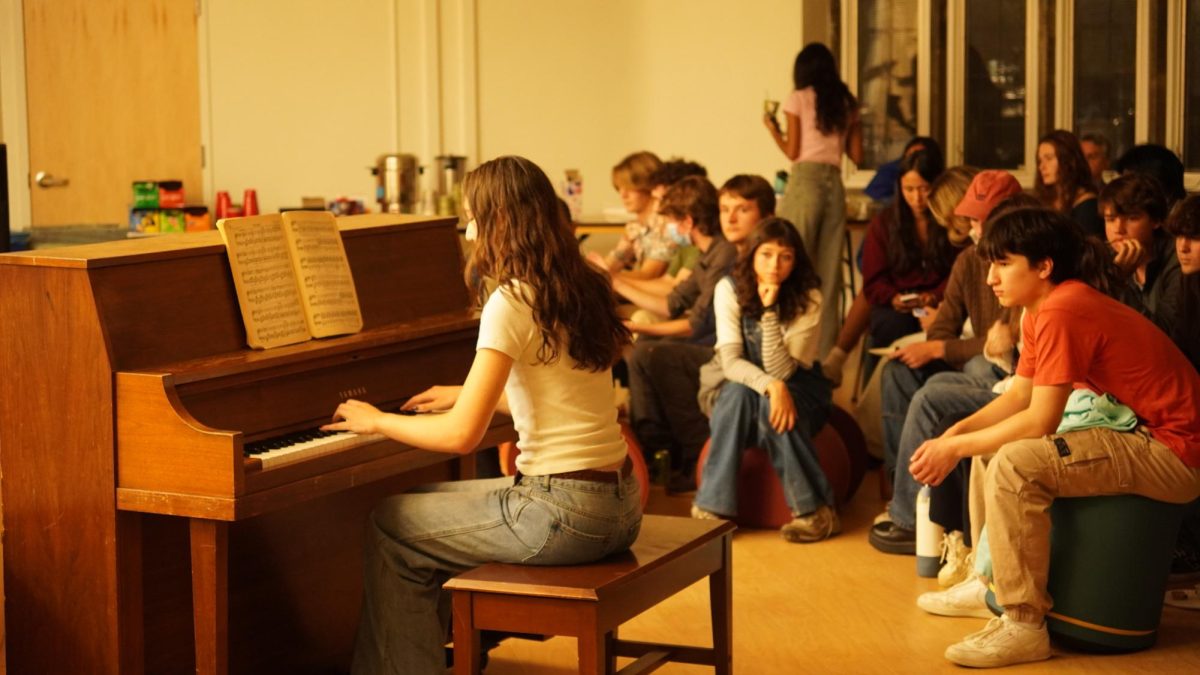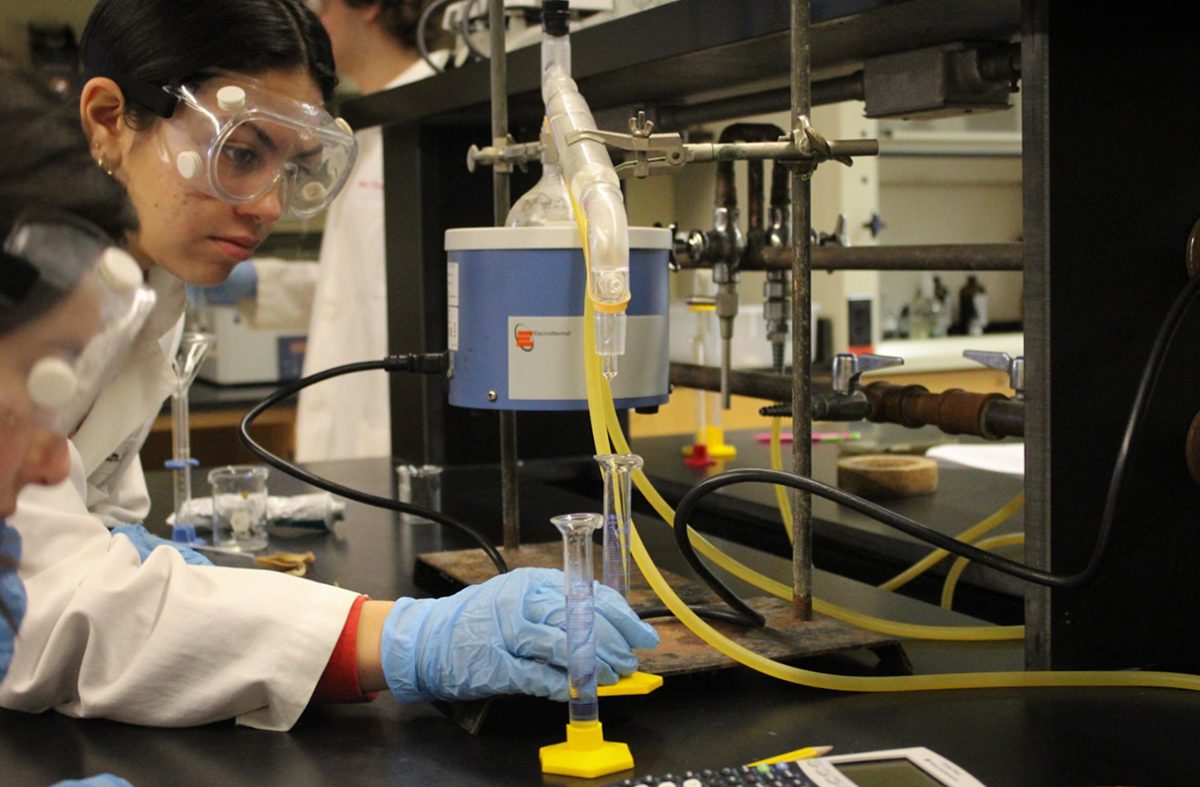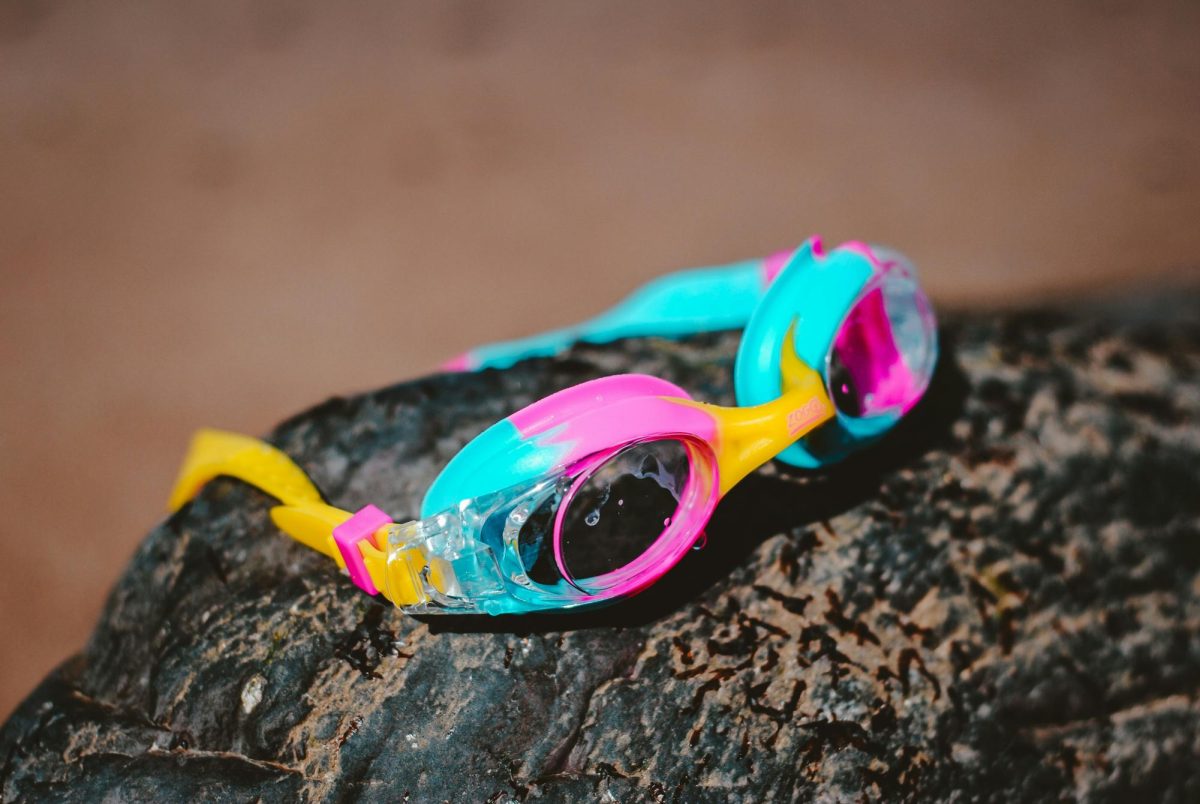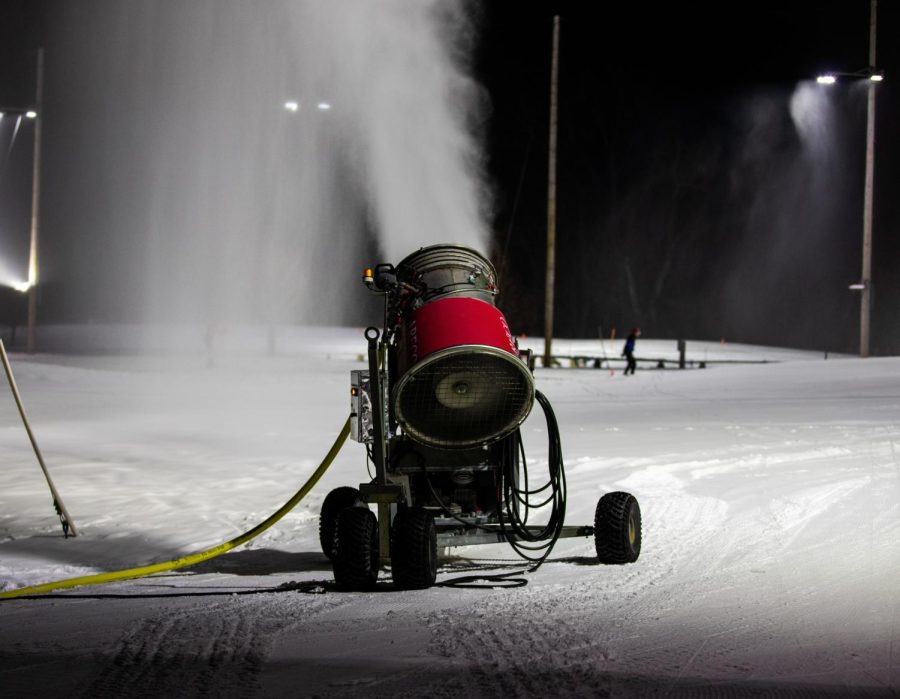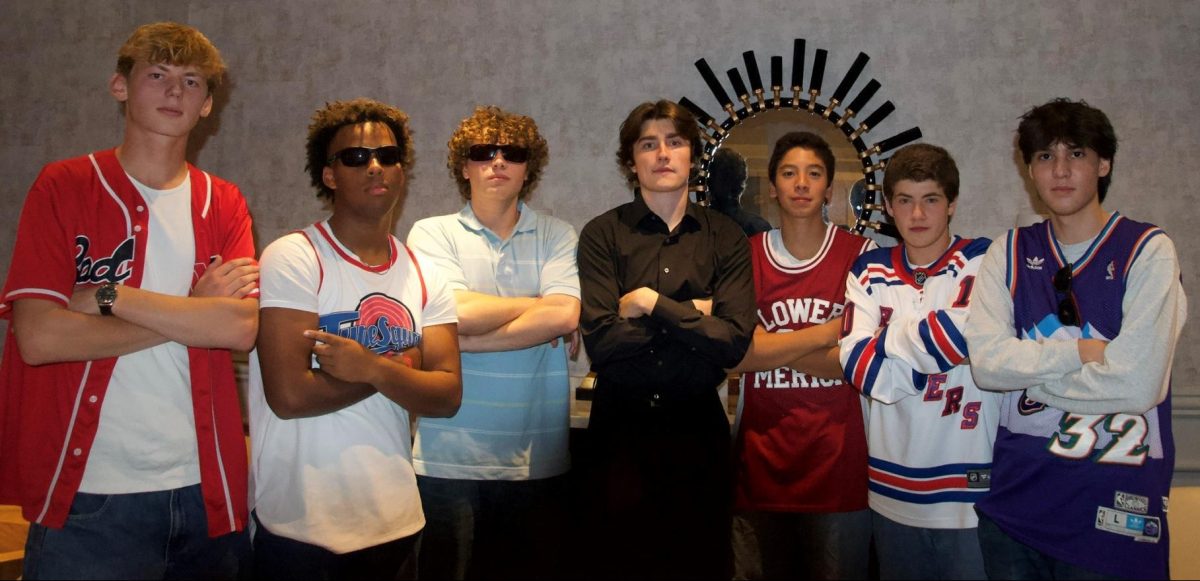The Fake Snow Olympics
This year’s winter games in Beijing wouldn’t have been possible without fake snow. What even is it?
March 30, 2022
For many of us who have skied or snowboarded, we’ve started within just a few hours of where we live. Most of these places barely get any natural snow, and what they do get usually melts in just a few days. So how are these resorts able to exist? The answer is artificial snow.
History of Artificial Snow
Artificial snow was first invented in the 1930s for use in movies. Back then, its production consisted of shaving blocks of ice. So, until technology became more efficient, its uses in the ski industry were limited.
In the 1950s, though, the first snow cannons were beginning to be patented. These machines could blow snow to cover a wide area, and by the 1970s, artificial snowmaking was being used extensively in winter sports.
No matter which of the two main systems of snow making is being used – lance or cannon – the systems are expensive to run. The lance system requires compressed air in addition to the water that is pumped through it, and the cannon system is run by a massive fan that blows out the water so it will freeze.
Today, most resorts that use artificial snow also add a nucleating agent to the water to insure that as much of it as possible freezes and turns to snow. Even though technology has become more efficient, this is still a very water-intensive system, that sprays around 107 gallons of water a minute just for a single cubic meter of snow.
Artificial Snow at the Beijing Winter Games
Normally, if you live on the East Coast of the United States you primarily associate artificial snow with resorts in the Mid-Atlantic – not the traditionally cold and snowy competition of some of the greatest winter sport athletes on the planet.
This year’s winter Olympics in Beijing change all that. Artificial snow making isn’t entirely new to the Winter Games; the 2014 Sochi Winter Games had around 80% artificial snow and the 2018 Pyeongchang Games had around 98%. But this 2022 Winter games is the first with entirely artificial snow since artificial snow was introduced to the Olympics at the 1980 Lake Placid Winter Games.
Using 300 fan-powered and 83 lance-style snow-making machines, the organizers of the Olympics created an Olympic course in an area that receives little to no natural snow in a given year.
There is some benefit from this in that the machines can be adjusted to produce a specific style of snow needed for certain events. In alpine events, harder snow is generally preferred, and, in freestyle events, softer snow with more cushion is preferred.
However, artificial snow generally creates a surface closer to 30% ice and 70% air compared to the natural rate of around 10% ice to 90% air – meaning a much denser snow. A number of athletes and experts worry that this will create a more dangerous course.
Others argue that many competitions besides the Olympics safely use artificial snow. However, very few build their courses from purely artificial snow; usually it is used to supplement their natural snow.
While the conditions and the snow’s effect on athletes can be argued back and forth, there is one thing that can’t be argued, and that is the environmental impact of such a high usage of artificial snow making.
Environmental Impacts
Artificial snow making requires a huge amount of water to produce sufficient amounts of snow. In Beijing, the courses are being made from scratch, and the Chinese organizers have predicted that they will need 49 million gallons of water – the same amount as in 72 Olympic-size swimming pools – to make the snow required for the Games. While that is the official amount, many experts believe that it could require even more, potentially even 10 times that amount.
However, the cost of this massive amount of water is compounded by its location, because Beijing has been suffering decades of water scarcity. Beijing has only 31,000 gallons of available water per capita per year, when 449,000 gallons per capita is the United Nations’ threshold for water sufficiency.
In addition to huge amounts of water, snow making machines also require a huge amount of energy. Ironically, much of that comes from power generation that causes the very thing making artificial snow more and more needed: climate change.
As temperatures warm, ski seasons become shorter and resorts become more reliant on artificial snow to keep their seasons going. Resorts in places that used to get enough natural snowfall are now having to supplement it with artificial snow, while places that had relied on artificial snow are now having to produce more or face closure.
The Beijing Olympics represents a rising trend in the use of snow making that we are going to have to consider when it comes to winter sports. How can we minimize the environmental impact of snowmaking without having to stop winter sports? Do we need to limit the places the Winter Olympics can be held to just areas with enough natural snow? What about domestic resorts and not just major competitions?
The Beijing Olympics has shown that we will have to reckon with the impacts of climate change on how we do winter sports both in competition and just as something fun.
Sources:

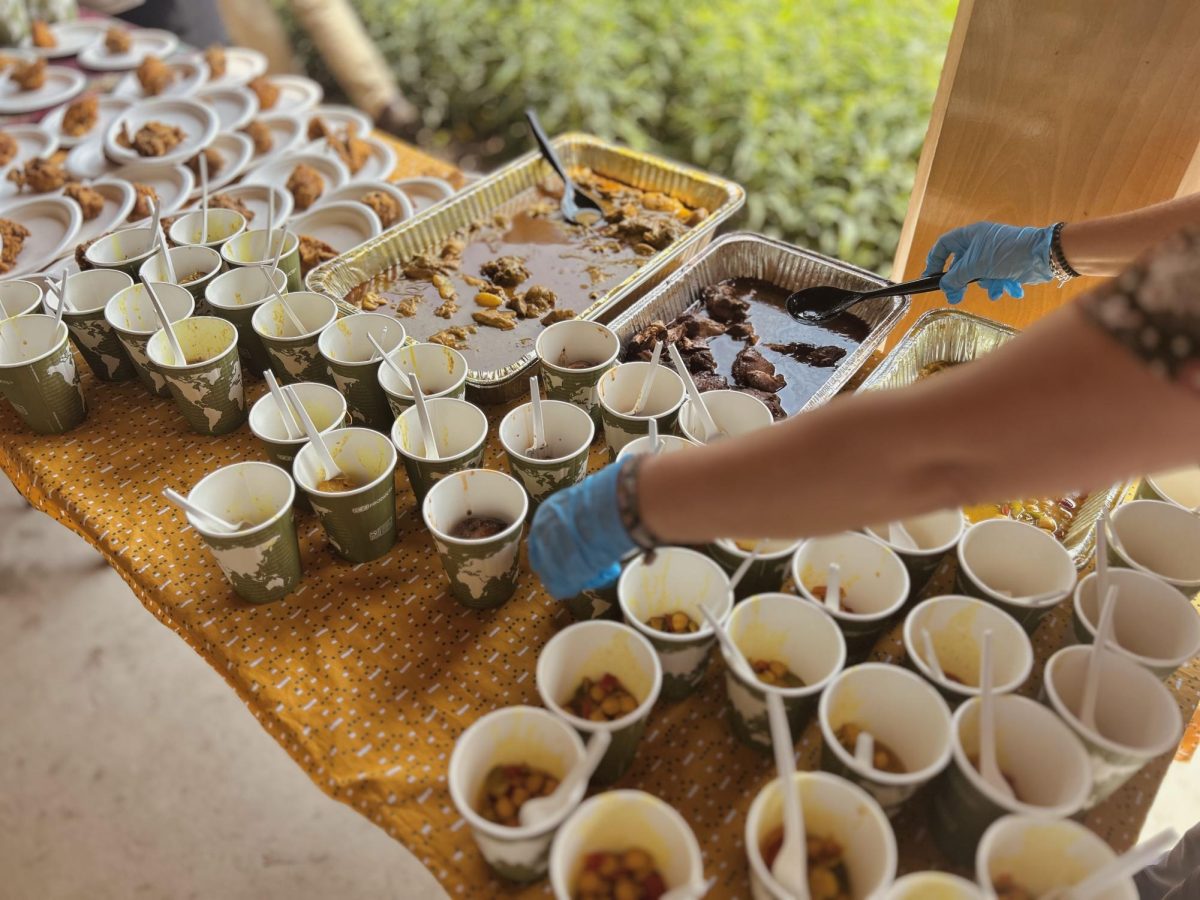
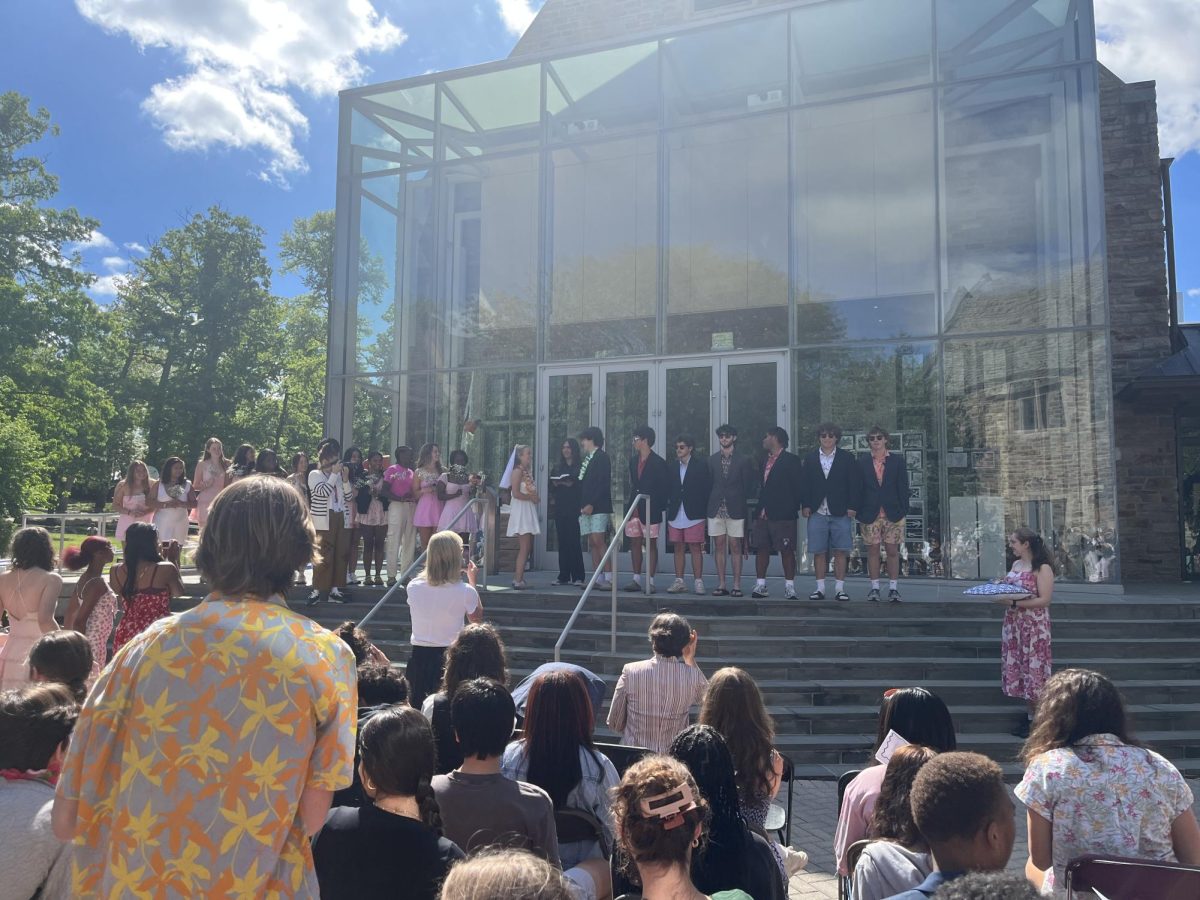
![A Phone Ban at Friends? [Podcast]](https://thequakerquill.org/wp-content/uploads/2025/05/magenta-VrRT19_ZjUY-unsplash-1200x900.jpg)







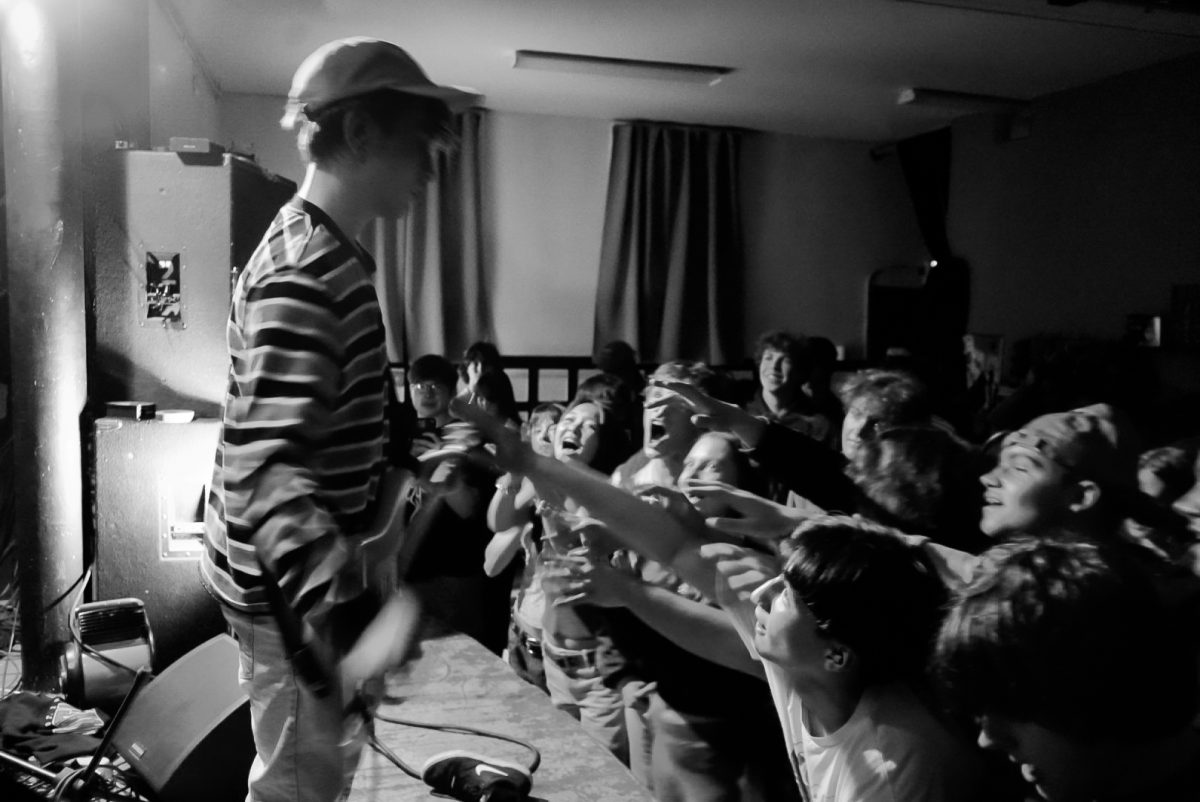
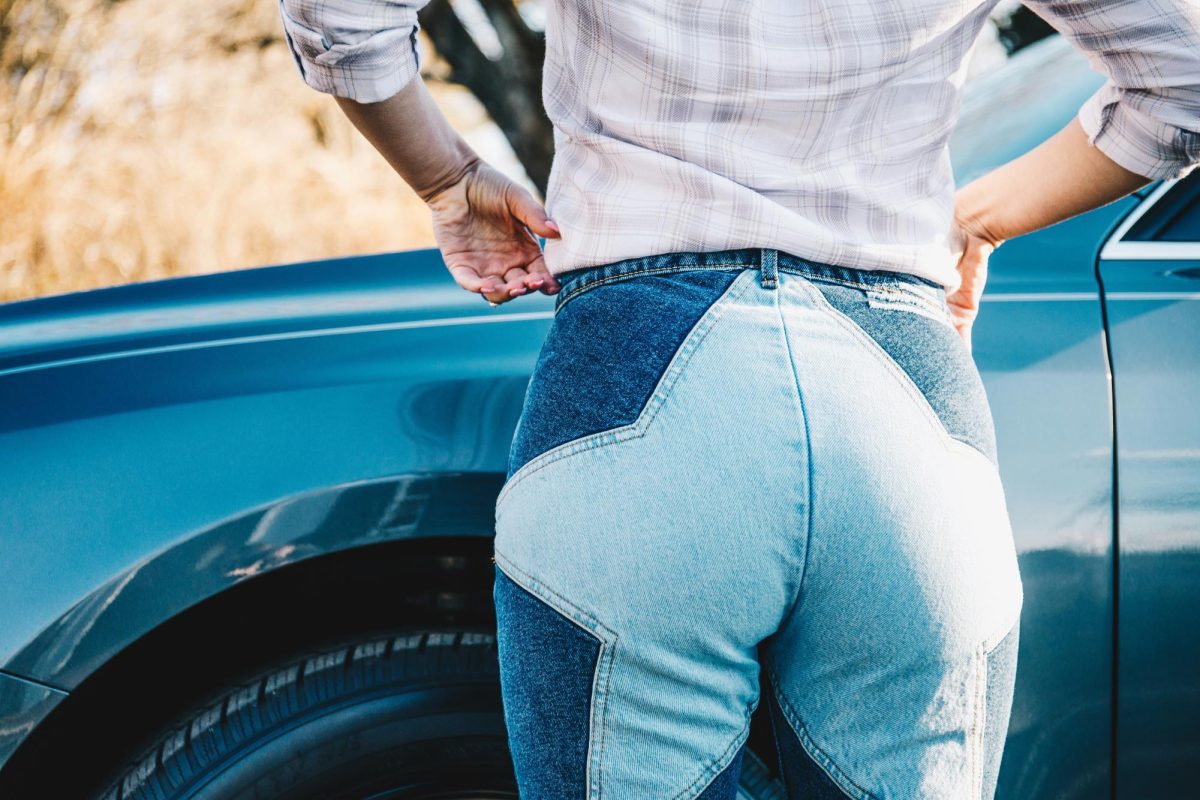
![How Freestyle Club Began [Podcast]](https://thequakerquill.org/wp-content/uploads/2025/05/charly-alvarez-Jv9untmB7G4-unsplash-1200x800.jpg)
